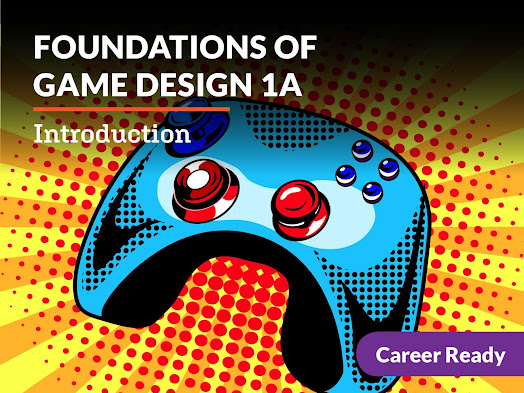Designing Open Source Games for Google Smartphones: Unleashing Innovation and Entertainment
| Designing Open Source Games for Google Smartphones |
Introduction
In the rapidly evolving world of technology, designing open-source games for Google smartphones has emerged as a groundbreaking avenue for innovation and entertainment. With a dedicated and passionate community of developers, these games have gained immense popularity, captivating users with immersive gameplay experiences. This comprehensive guide aims to provide invaluable insights into the process of designing open-source games specifically for Google smartphones, empowering developers to create captivating and successful titles that surpass existing standards.
Understanding the Open Source Advantage
Open-source games offer a unique advantage in the world of gaming. By leveraging the power of collaboration and community-driven development, these games foster an environment of creativity, continuous improvement, and innovation. Google smartphones provide the perfect platform for these games, with their advanced hardware capabilities and the widespread availability of the Android operating system. This combination allows developers to push the boundaries of gaming and provide users with exceptional experiences.
The Fundamentals of Designing Open-Source Games
 |
| The Fundamentals of Designing Open-Source Games |
1. Game Concept and Planning
The foundation of any successful open-source game lies in a well-defined concept and meticulous planning. Developers must thoroughly analyze the target audience, research market trends, and identify unique selling points that differentiate their game from existing offerings. Additionally, creating a detailed game design document (GDD) helps streamline development, ensuring that the team remains focused and aligned throughout the process.
2. Gameplay Mechanics and User Experience
Engaging gameplay mechanics and a seamless user experience are vital elements that contribute to the success of an open-source game. Developers should strive to strike a balance between simplicity and depth, allowing players to easily grasp the game mechanics while providing enough complexity to keep them engaged. Iterative testing and user feedback play a crucial role in refining the gameplay and optimizing the overall user experience.
3. Graphics and Visual Appeal
Visuals play a significant role in capturing users' attention and enhancing their gaming experience. Leveraging the capabilities of Google smartphones, developers should aim to create visually stunning games that leverage advanced rendering techniques, high-resolution textures, and dynamic lighting effects. A visually appealing game not only attracts players but also enhances immersion and emotional engagement.
4. Audio and Sound Design
Audio plays a crucial role in setting the mood, enhancing immersion, and creating a memorable gaming experience. Developers should invest in high-quality sound effects, background music, and voice-overs to complement the gameplay and engage players on a deeper level. Careful attention to audio design can elevate the overall quality of the game and contribute to its success.
5. Monetization Strategies
While designing open-source games, it is essential to consider sustainable monetization strategies that align with the game's objectives and target audience. Developers can explore various options, such as in-app purchases, advertisements, and premium versions, to generate revenue while maintaining a fair and enjoyable experience for players. Striking the right balance between monetization and user satisfaction is crucial for long-term success.
6. Community Engagement and Marketing
Building a vibrant community around an open-source game is instrumental in its success. Developers should actively engage with the community, seeking feedback, and incorporating user suggestions to improve the game continuously. Additionally, effective marketing strategies, including social media campaigns, app store optimization, and collaborations with influencers, can help increase visibility
Keywords:
Designing open-source games,
Google smartphones,
Innovation and entertainment,
Game concept and planning,
Gameplay mechanics,
User experience,
Graphics and visual appeal,
Audio and sound design,
Monetization strategies,
Community engagement,
Marketing,
Tags:
Open-source game development,
Google smartphone games,
Game design,
Game mechanics,
User interface,
Visual effects,
Audio design,
Monetization models,
Community building,
Marketing strategies,


No comments:
Post a Comment
If you have any doubts Please let me know.